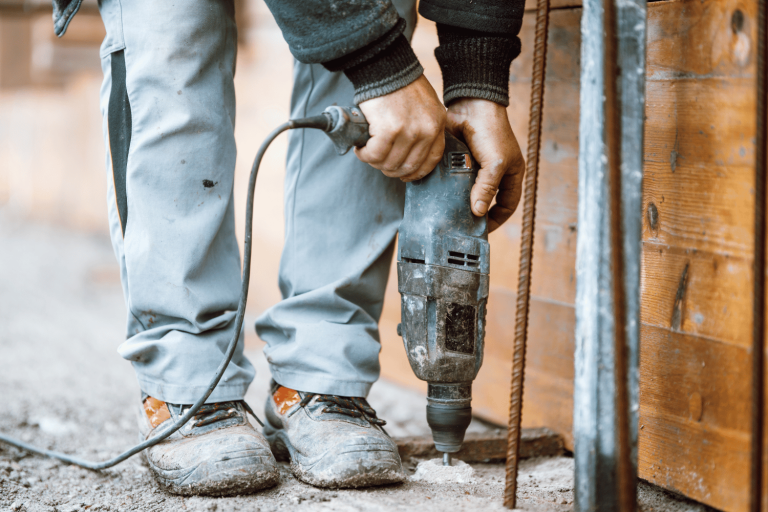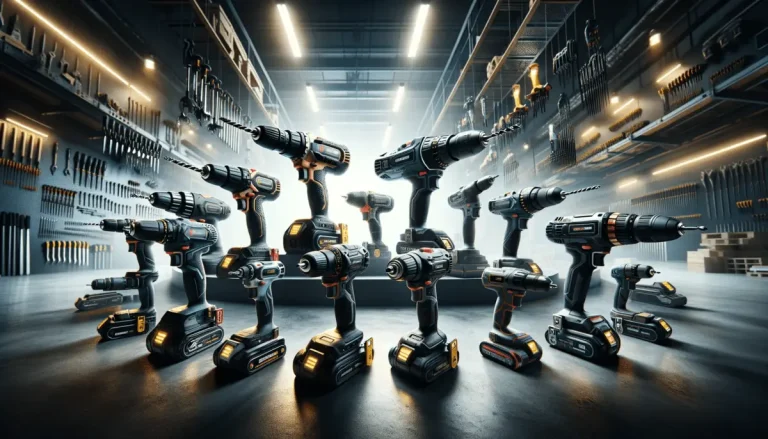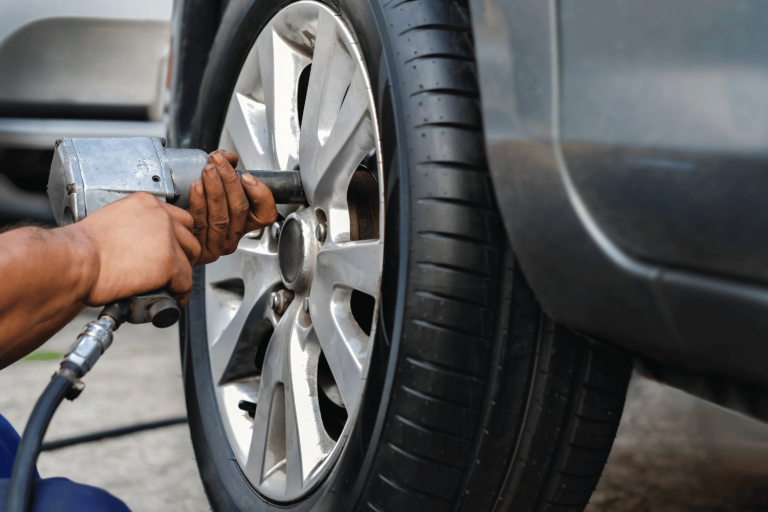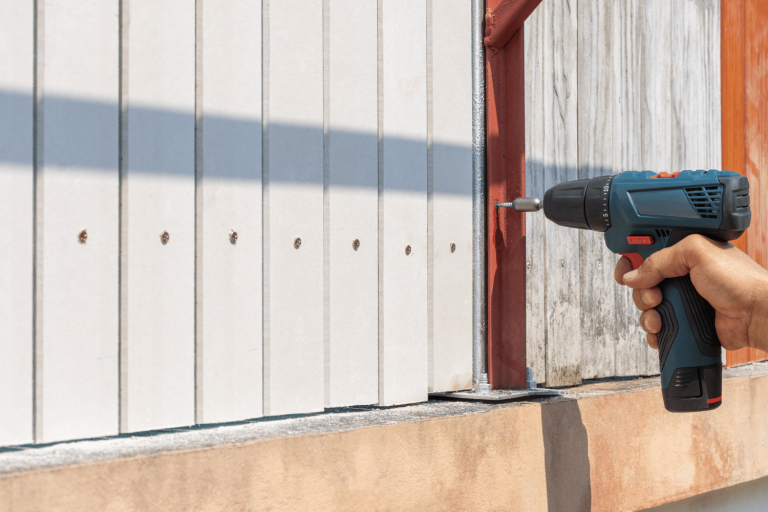Impact Driver Vs Impact Wrench: Are They the Same Tool?
If you’ve ever embarked on a home improvement project or worked in the realm of construction, you’ve likely encountered the terms “impact driver” and “impact wrench.” These powerful tools are essential for driving screws, bolts, and other fasteners with ease and efficiency. Understanding the differences between an impact driver and an impact wrench is crucial in order to make the right choice for your specific needs.
While impact drivers and impact wrenches may seem similar at first glance, they serve distinct purposes and excel in different applications. Making the wrong choice between the two can lead to inefficiency, frustration, or even potential damage to your project. That’s why it’s vital to delve into the key differences between impact drivers and impact wrenches, empowering yourself to select the right tool for the job at hand.
The purpose of this article is to shed light on the contrasting features, functionalities, and suitable applications of impact drivers and impact wrenches. We will explore their unique characteristics, helping you make an informed decision based on your specific requirements. Whether you’re a DIY enthusiast or a professional tradesperson, understanding the strengths and limitations of each tool will ensure you achieve optimal results in your projects.
So, let’s dive into the world of impact drivers and impact wrenches, unraveling their distinctions and guiding you towards choosing the perfect tool to conquer any fastening challenge that comes your way.
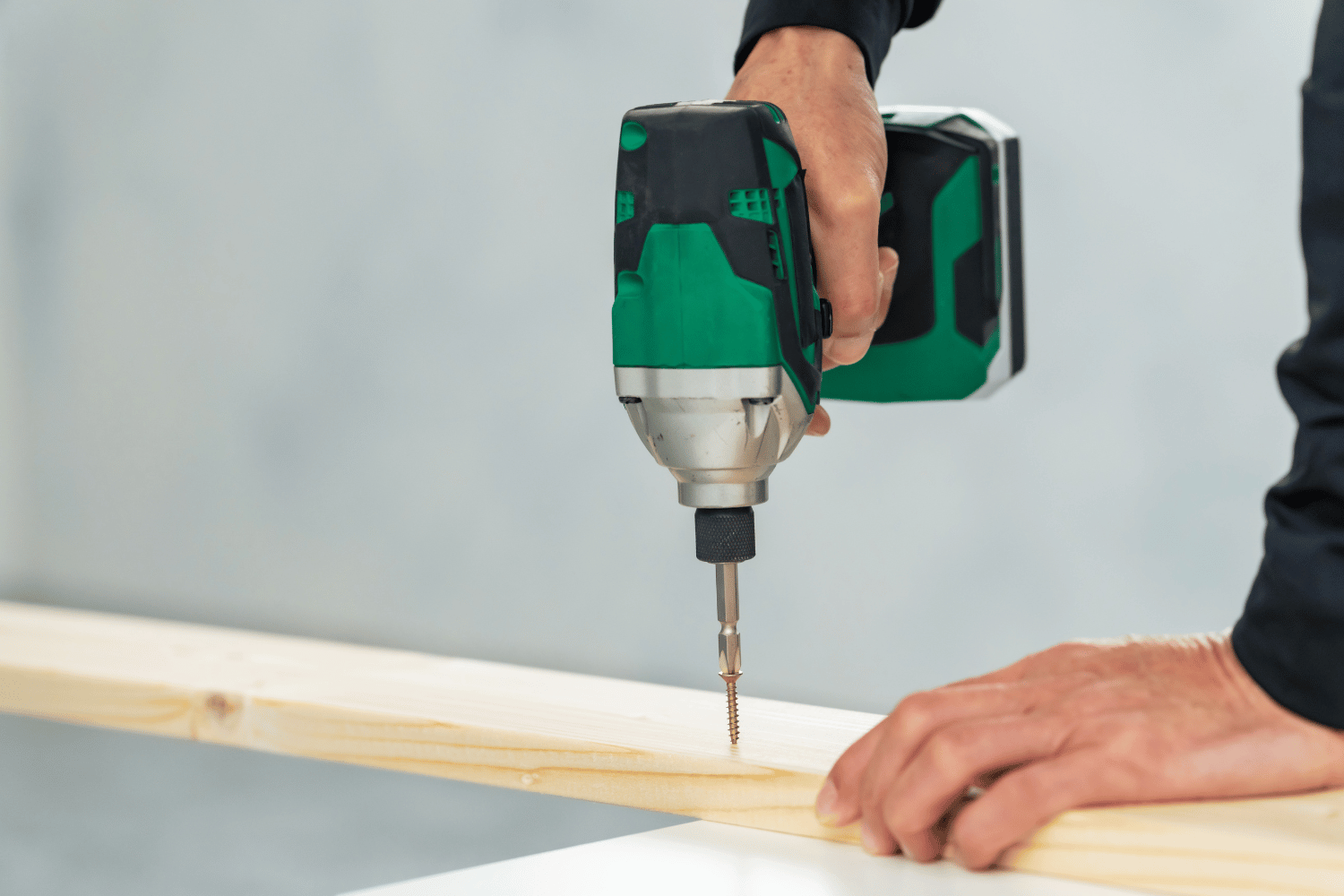
What is an Impact Driver?
An impact driver is a versatile power tool designed for driving screws, fasteners, and bolts into various materials. It utilizes rotational and concussive forces to deliver high torque output, making it an efficient option for fastening tasks. Unlike a traditional drill, an impact driver employs a striking mechanism that generates quick bursts of rotational force, enhancing its effectiveness in tough applications.
Key features and components of an impact driver
Most impact drivers consist of a compact and ergonomic body, which allows for easy maneuverability and reduces user fatigue during prolonged use. They typically feature a chuck that accepts hexagonal bits, ensuring a secure grip on fasteners. One of the standout components is the impact mechanism, which transfers rotational force into concussive blows, delivering superior torque and preventing slippage.
Common uses and applications of impact drivers
The versatility of impact drivers makes them indispensable for a wide range of tasks. They excel at driving screws into various materials, including wood, metal, and plastic, with exceptional speed and precision. Whether you’re assembling furniture, installing cabinetry, or constructing a deck, an impact driver can save you considerable time and effort. Additionally, its compact size allows for easy access in tight spaces, making it suitable for overhead or confined work.
Advantages and benefits of using an impact driver
The advantages of using an impact driver are numerous. First and foremost, its high torque output ensures efficient and rapid fastening, reducing the time spent on projects. The concussive action minimizes the risk of cam-out, which occurs when the driver bit slips out of the screw head, preventing damage to your materials. Moreover, the impact driver’s compact size and lightweight nature make it convenient to use for extended periods without straining your arm or hand.
Another benefit is its versatility, especially when you opt for a cordless impact driver. They are compatible with a wide range of screwdriver bits, allowing you to tackle various types of fasteners. Additionally, many models offer adjustable speed and torque settings, enabling you to customize the tool’s performance to suit specific applications.
An impact driver is a powerful tool that combines high torque, precision, and versatility. Its ability to drive screws quickly and efficiently, along with its compact size, makes it an indispensable companion for both professional contractors and DIY enthusiasts. So, if you’re looking to breeze through your fastening projects with ease, an impact driver is an excellent choice to consider.
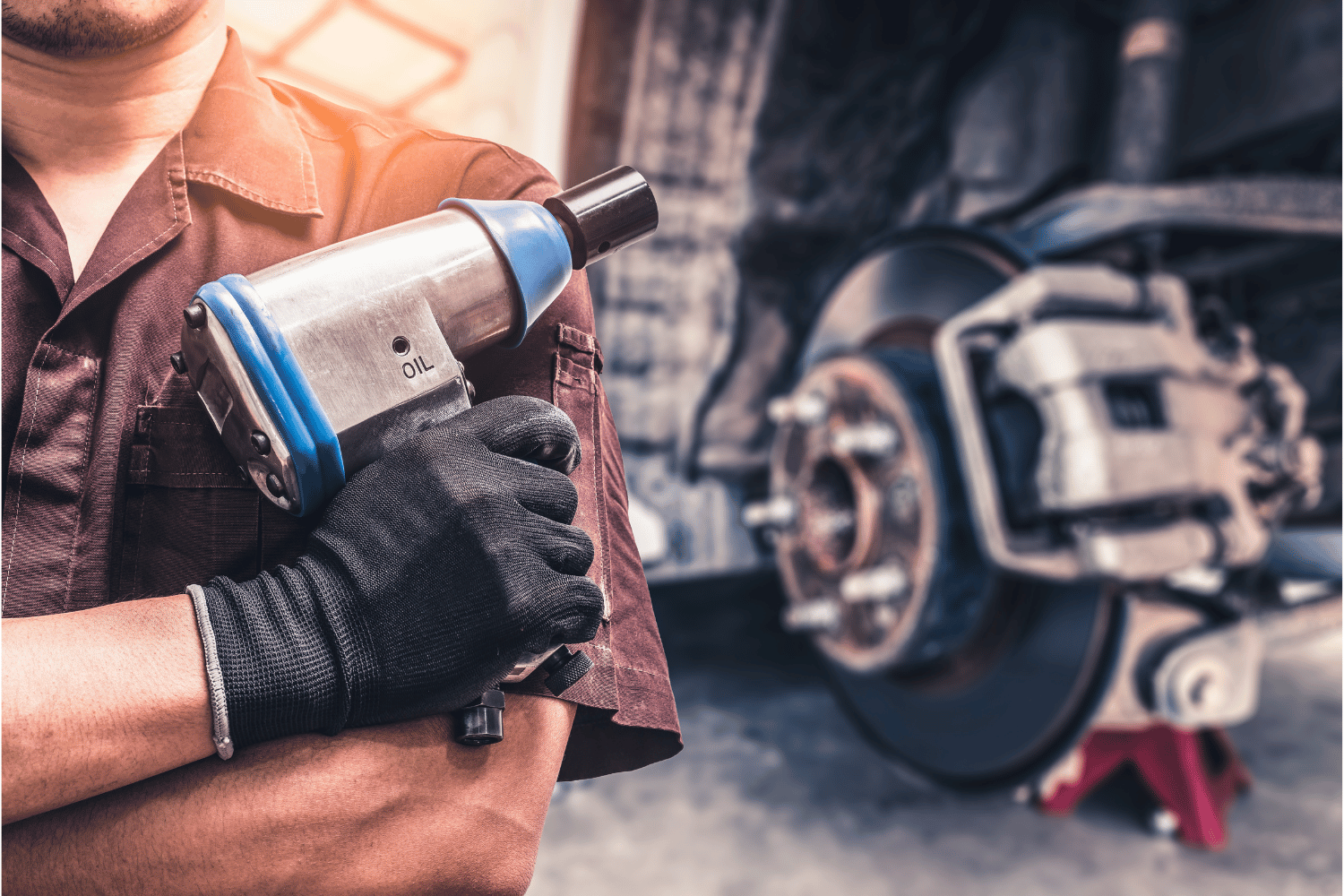
What is an Impact Wrench?
An impact wrench is a powerful tool designed specifically for loosening or tightening bolts, nuts, and other fasteners with high torque requirements. It utilizes a rotational hammering mechanism that delivers intense concussive blows to generate tremendous force, allowing for efficient and speedy fastening or unfastening. With their robust construction and specialized functionality, impact wrenches are commonly found in automotive repair shops, construction sites, and heavy-duty industrial applications.
Key features and components of an impact wrench
The key components of an impact wrench include a motor, an anvil, and a housing. The motor provides the power necessary to drive the hammering mechanism, while the anvil is the part that interacts with the fastener, transferring the rotational force. Impact wrenches often feature a square drive or a hog ring anvil, which securely holds various types of sockets for optimal fastening.
These tools are available in various sizes, from compact cordless impact wrenches suitable for lighter applications to larger pneumatic impact wrenches running on compressed air, capable of tackling heavy-duty tasks needing more power. Additionally, many impact wrenches feature adjustable torque settings, allowing for greater control over the applied force.
Common uses and applications of impact wrenches
Impact wrenches are commonly used in automotive repair and maintenance, where the high torque output is essential for removing lug nuts, bolts, and other tight fasteners. They are also invaluable in construction projects, particularly when working with structural steel, concrete forms, or assembling scaffolding. Furthermore, industries such as manufacturing, shipbuilding, and mining heavily rely on impact wrenches to facilitate efficient assembly and disassembly of large machinery and equipment.
Advantages and benefits of using an impact wrench
The advantages of using an impact wrench are plentiful. The most notable benefit is their unparalleled torque output, allowing for the swift removal or installation of stubborn fasteners. Whether you’re changing a tire or dismantling heavy machinery, an impact wrench provides the necessary power to accomplish the task quickly and efficiently.
Moreover, impact wrenches save significant time and effort compared to manual methods. The hammering action helps break free rusted or seized bolts, eliminating the need for prolonged and strenuous manual labor. The ability to rapidly tighten or loosen fasteners streamlines operations, boosting productivity in various industries.
Furthermore, impact wrenches offer versatility with their interchangeable sockets, enabling you to handle different sizes and types of fasteners with ease. This adaptability makes them indispensable in a wide range of applications, from automotive repair to construction and beyond.
In conclusion, impact wrenches are robust, high-torque tools that excel in heavy-duty fastening and unfastening tasks. Their ability to generate tremendous force, coupled with their versatility, makes them indispensable in various industries. Whether you’re a professional tradesperson or an avid DIYer, having an impact wrench in your toolkit empowers you to tackle even the toughest fastening challenges with confidence and efficiency.
Key Differences Between Impact Drivers and Impact Wrenches
Size and design
One of the primary differences between impact drivers and impact wrenches lies in their size and design. Impact drivers are typically more compact and lightweight compared to impact wrenches. Their slender and ergonomic design allows for easy maneuverability and access to tight spaces, making them suitable for a wide range of projects, including overhead work. On the other hand, impact wrenches tend to be larger and more robust, reflecting their heavy-duty nature and the need for increased torque output.
Torque and power output
Torque, or rotational force, is a crucial factor to consider when comparing impact drivers and impact wrenches. Impact drivers generally offer lower torque compared to impact wrenches. However, what they lack in sheer force, they make up for in speed and precision. Impact drivers provide ample torque for most general fastening applications, such as driving screws into various materials. In contrast, impact wrenches deliver significantly higher torque, making them the go-to choice for heavy-duty tasks that involve loosening or tightening large bolts, nuts, or stubborn fasteners.
Speed and RPM (rotations per minute)
Speed is another aspect that sets impact drivers and impact wrenches apart. Impact drivers are known for their rapid rotational speed, often reaching high RPMs. This high speed enables swift driving of screws, resulting in efficient and time-saving operations. Conversely, impact wrenches are designed for generating high torque at a slower RPM. This slower speed allows the tool to deliver powerful blows, effectively tackling demanding fastening or unfastening tasks with ease.
Socket compatibility and fastener types
Socket compatibility is an important consideration when choosing between impact drivers and impact wrenches. Impact drivers typically utilize hexagonal driver bits, commonly known as hex bits. This design allows for easy and secure attachment of screwdriver bits, making impact drivers well-suited for driving various types of screws and fasteners. Impact wrenches, on the other hand, feature a square drive or hog ring anvil, enabling them to accommodate a wide range of sockets. This versatility makes impact wrenches the tool of choice when dealing with nuts, bolts, and other heavy-duty fasteners.
Versatility and range of applications
While both impact drivers and impact wrenches excel in their respective areas, their versatility and range of applications differ. Impact drivers are incredibly versatile tools suitable for a wide array of tasks, including woodworking, cabinetry, and light construction projects. Their ability to drive screws quickly and precisely makes them indispensable for both professionals and DIY enthusiasts. Impact wrenches, with their high torque output, are primarily designed for heavy-duty applications. They are commonly used in automotive repair, industrial settings, and construction projects that involve large bolts, machinery, or structural components.
Considerations for DIY enthusiasts versus professionals
The considerations for choosing between impact drivers and impact wrenches also depend on whether you’re a DIY enthusiast or a professional. For DIYers, an impact driver offers excellent value due to its versatility, compact size, and suitability for a wide range of projects. It provides the power and convenience needed for most home improvement tasks. Professionals, particularly those in the automotive, construction, or industrial sectors, often rely on impact wrenches. The high torque and specialized functionality of impact wrenches make them indispensable in demanding and heavy-duty applications.
The key differences between impact drivers and impact wrenches can be attributed to their size, torque output, speed, socket compatibility, versatility, and range of applications. Understanding these distinctions is crucial in selecting the right tool for your specific needs, whether you’re a DIY enthusiast or a professional tradesperson. By considering factors such as the project requirements, fastener types, and the level of torque and speed needed, you can make an informed decision on your investment.
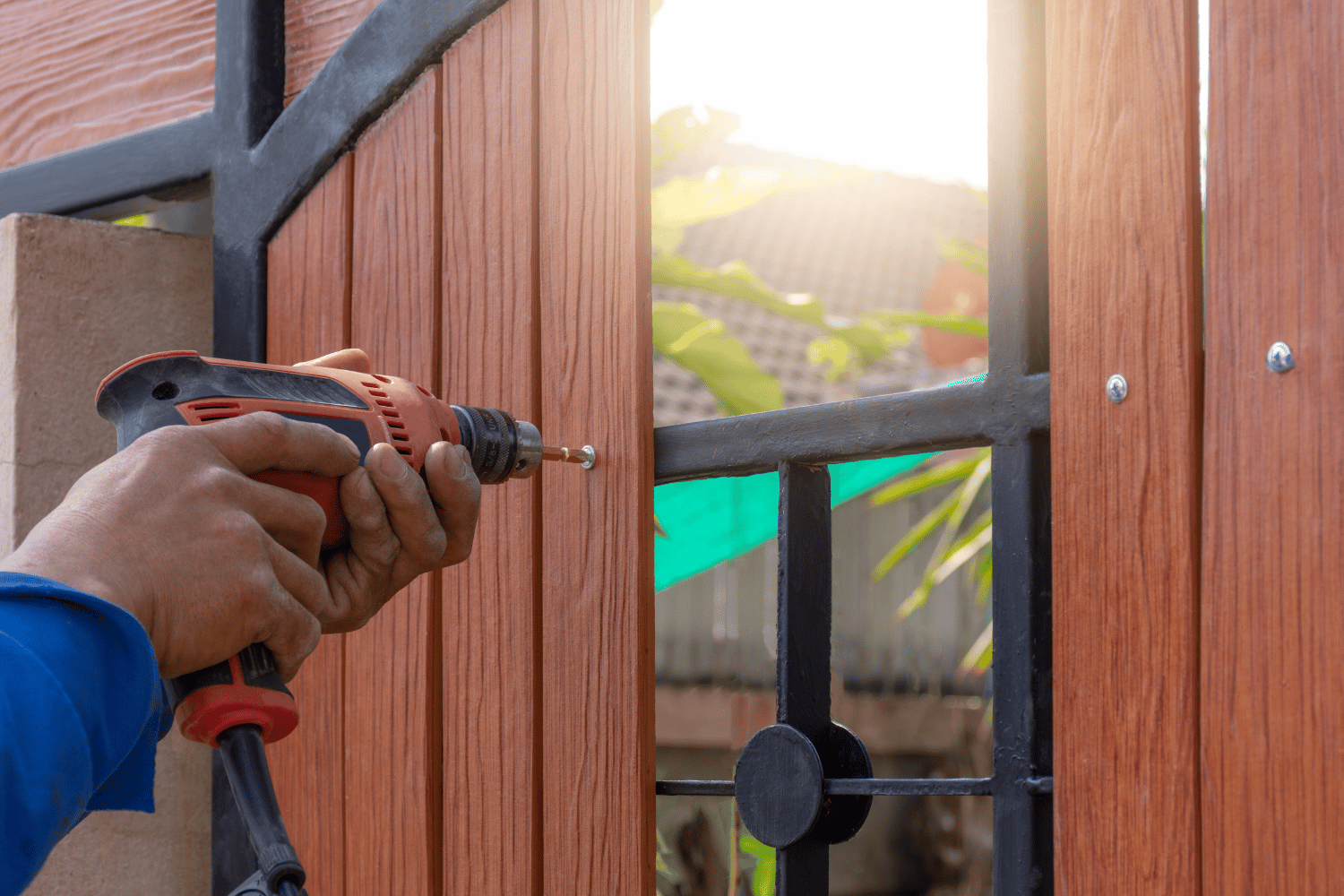
When to Use an Impact Driver
An impact driver shines in a multitude of scenarios where fastening efficiency and precision are paramount. Its versatility and compact design make it an excellent choice for a wide range of projects. Here are some ideal scenarios and tasks where an impact driver truly excels:
- Woodworking and furniture assembly: Whether you’re building a bookshelf, installing cabinets, or constructing a wooden deck, an impact driver is an invaluable tool. Its high rotational speed and excellent control make driving screws into wood a breeze.
- Drywall installation: Hanging drywall requires fastening numerous screws, and an impact driver’s quick and repetitive bursts of torque enable you to complete the job swiftly and with precision. The tool’s compact size also makes it easier to navigate tight spaces and corners.
- Light construction projects: From building a shed to framing walls, an impact driver proves its worth in various light construction tasks. Its power and versatility allow for efficient and accurate fastening of screws in different materials, such as wood, plastic, or metal studs.
An impact driver is an invaluable tool for a wide range of projects, offering efficiency, precision, and versatility. From woodworking to light construction tasks, it excels at driving screws quickly and accurately. By understanding the ideal scenarios, exploring project examples, and following some helpful tips, you can maximize the effectiveness of your impact driver and tackle your fastening projects with ease and confidence.
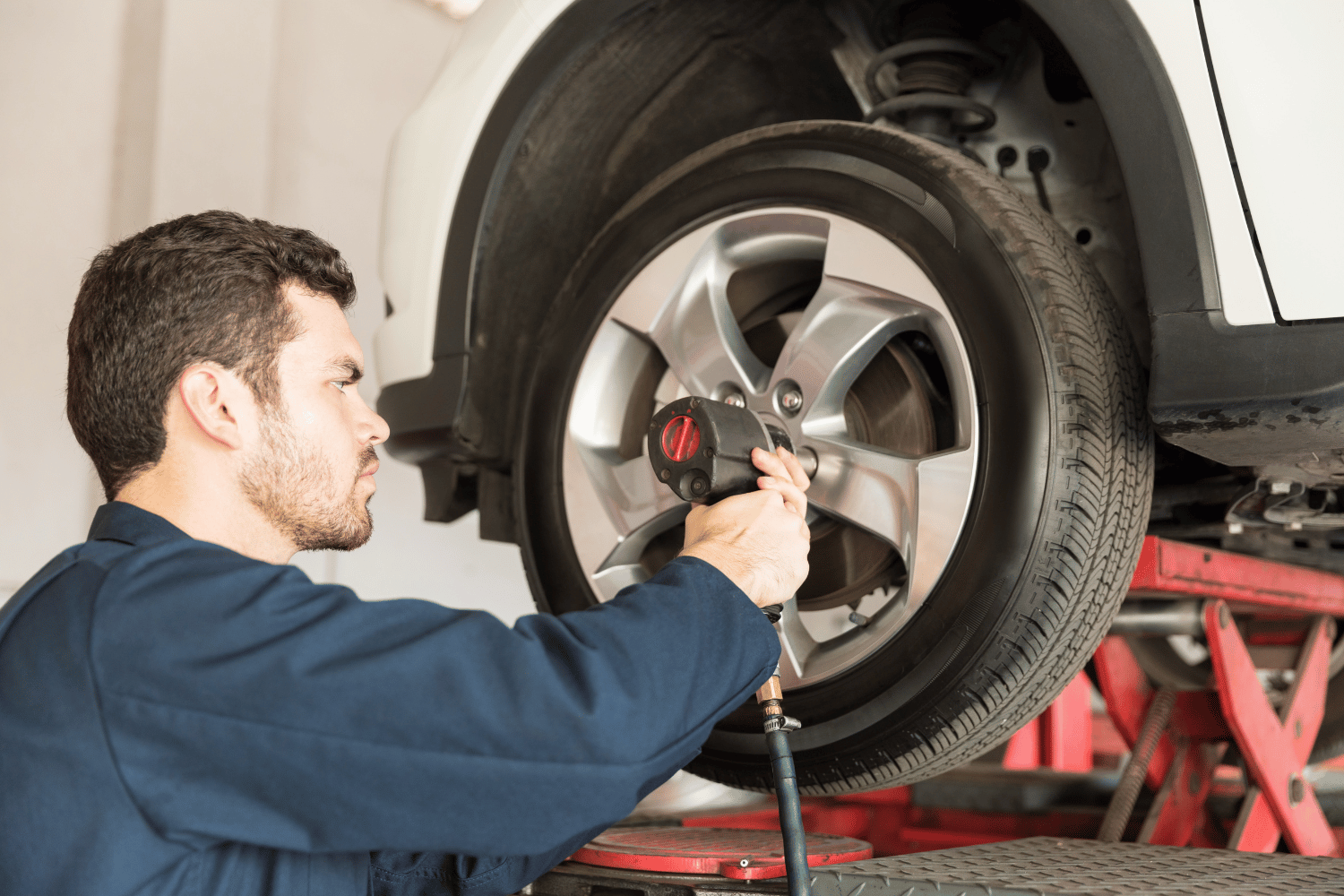
When to Use an Impact Wrench
An impact wrench is a powerful tool that truly shines in scenarios requiring high torque and the ability to tackle heavy-duty fastening or unfastening tasks. Here are some ideal scenarios and tasks where an impact wrench proves to be the perfect tool:
- Automotive repair and maintenance: The automotive industry heavily relies on pneumatic impact wrenches for tasks such as changing tires, removing lug nuts, or working on suspension components. The high torque output of a pneumatic impact wrench enables the swift and efficient loosening or tightening of stubborn or rusted bolts.
- Construction and heavy machinery: When it comes to heavy construction projects, such as steelwork, assembling scaffolding, or working with concrete forms, an impact wrench is a game-changer. Its exceptional torque allows for quick assembly or disassembly of large bolts, facilitating efficient construction and equipment maintenance.
- Industrial applications: Impact wrenches find extensive use in industries such as manufacturing, shipbuilding, and mining, where machinery and equipment require regular maintenance and repair. The ability to generate substantial torque makes an impact wrench indispensable for loosening or tightening large and heavy-duty fasteners.
An impact wrench is a powerhouse tool designed for heavy-duty fastening and unfastening tasks. Its high torque output and specialized functionality make it indispensable in automotive repair, construction, and industrial applications. By understanding the ideal scenarios, exploring project examples, and following some helpful tips, you can maximize the effectiveness of your impact wrench and tackle your demanding projects with ease.
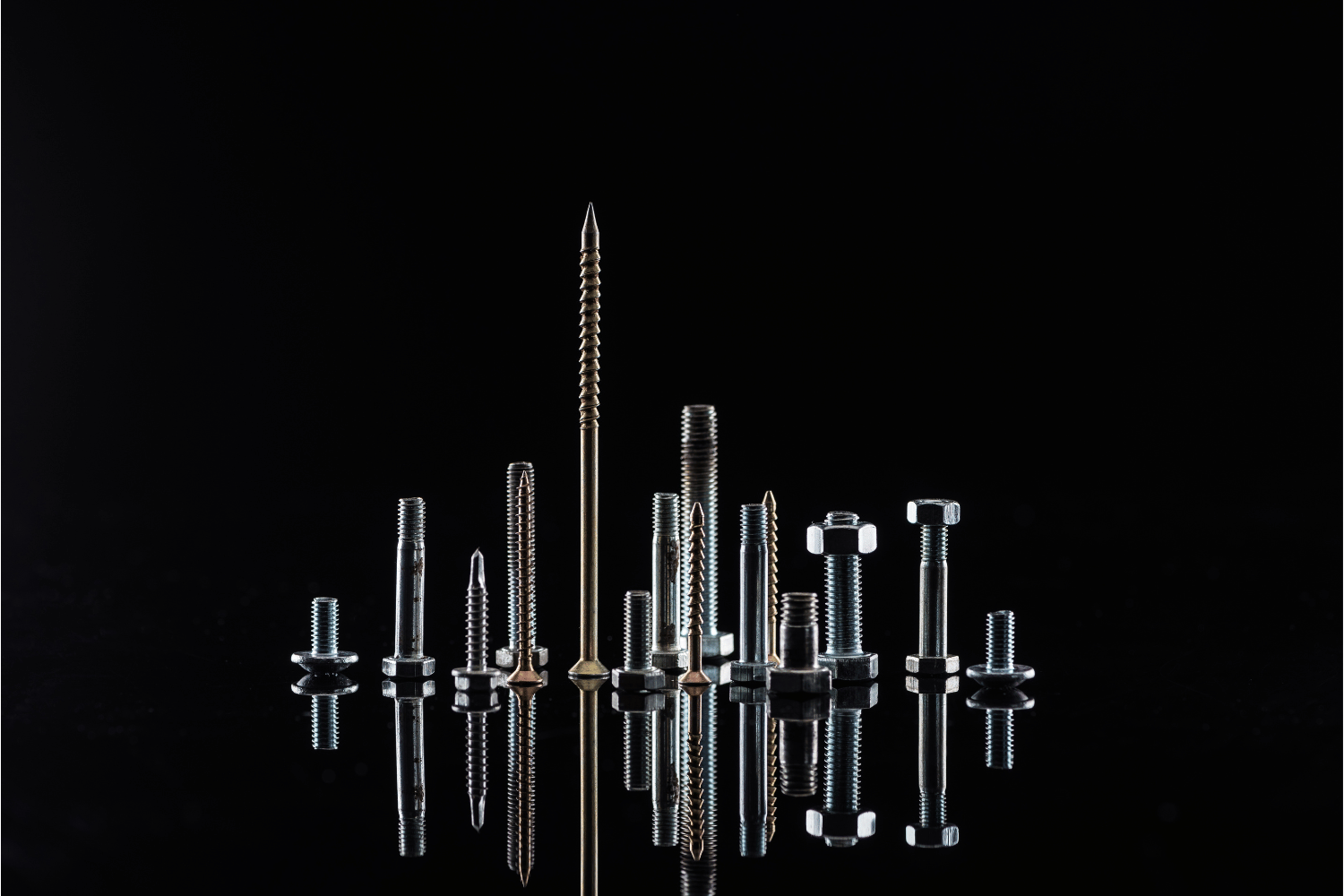
Making the Right Choice: Factors to Consider
When faced with the decision between these impact tools, several factors should be taken into account to ensure you make the right choice for your specific needs. Here are some key considerations to help guide your decision-making process:
Project requirements and objectives
First and foremost, consider the requirements and objectives of your project. Assess the type of tasks you will be performing and the level of torque and speed needed to accomplish them. If your project primarily involves driving screws into various materials, an impact driver may be the more suitable option. Conversely, if you will be working with heavy-duty fasteners, such as nuts, bolts, or large screws, an impact wrench’s higher torque output might be necessary.
Type of fasteners and materials being used
The type of fasteners and materials you will be working with is another crucial factor. Drivers are designed for driving screws and smaller fasteners, while wrenches excel at handling larger and heavier fasteners. Consider the size, weight, and material of the fasteners you will encounter in your projects. If you anticipate working with a wide range of fastener sizes and types, an impact wrench’s versatility may be advantageous.
Budget and cost considerations
Budget is always an important factor when choosing tools. Drivers generally tend to be more affordable compared to wrenches. If you are on a tight budget or have limited funds available, an impact driver can provide you with excellent value for a wide range of tasks. However, if your project demands the higher torque and power output of an impact wrench, it may be worth investing in the tool to ensure efficient and effective results.
Frequency of tool usage and versatility needs
Consider how frequently you will be using these power tools and the range of applications you require. Drivers are versatile tools suitable for various DIY projects and general fastening tasks. If you anticipate using the tool frequently and across different projects, an impact driver’s versatility may be advantageous. Wrenches, on the other hand, are more specialized tools primarily used in specific industries or for heavy-duty applications. If you foresee consistent use of high torque and heavy fasteners, an impact wrench might be the better long-term investment.
Personal preferences and ergonomic considerations
Personal preferences and ergonomic factors should also be taken into account. Consider the weight, size, and overall comfort of the tool in your hand. If you prefer a lighter and more compact tool that allows for better maneuverability and access to tight spaces, an impact driver might be the preferred choice. Conversely, if you are comfortable handling a larger and heavier tool and prioritize the raw power and performance for heavy-duty tasks, an impact wrench may be more suitable.
Ultimately, the right choice between an impact driver and an impact wrench depends on a combination of factors specific to your project requirements, budget, frequency of use, and personal preferences. By carefully considering these factors and weighing the pros and cons, you can make an informed decision that ensures optimal results and a satisfying tool ownership experience.
Final Thoughts
Understanding the differences between impact drivers and impact wrenches is crucial for selecting the right tool that meets your specific needs. Let’s recap the key distinctions between these two powerful tools:
Impact drivers are compact and versatile tools primarily used for driving screws and smaller fasteners. They excel in woodworking, light construction, and DIY projects. With their high rotational speed and excellent control, impact drivers make fastening tasks efficient and precise.
On the other hand, impact wrenches are heavy-duty tools designed for tackling larger and heavier fasteners. They offer exceptional torque output, making them ideal for automotive repairs, heavy construction, and industrial applications. Impact wrenches provide the power necessary for tasks that require significant force and strength.
Remember, choosing the right tool for the job is essential. By making an informed decision based on your specific needs, you’ll experience better results, increased productivity, and reduced frustration. Both impact drivers and impact wrenches have their unique strengths, and selecting the appropriate tool ensures that you’ll tackle your projects with confidence and achieve the desired outcomes.



